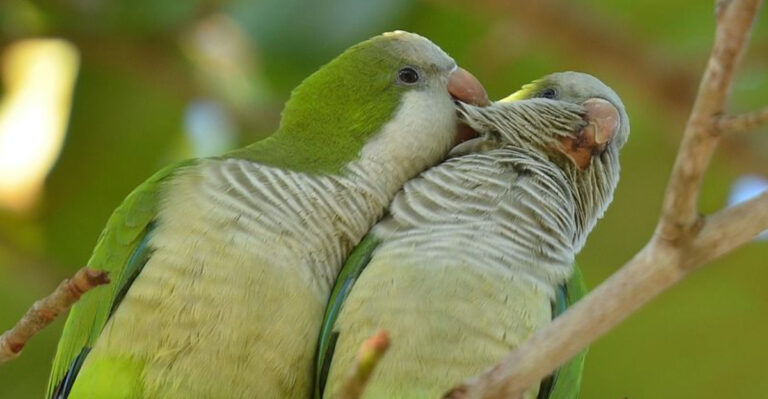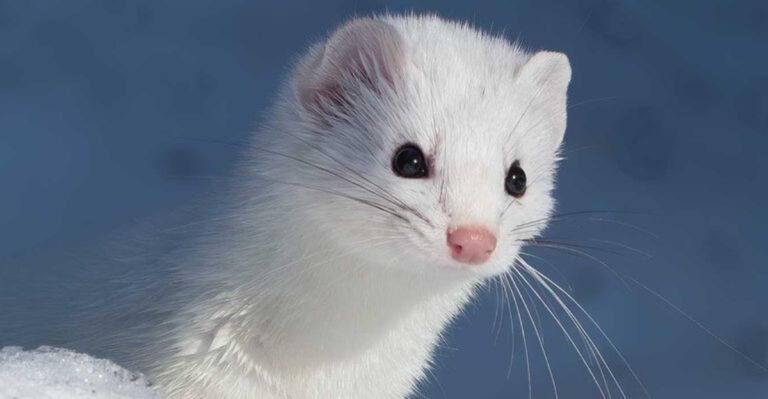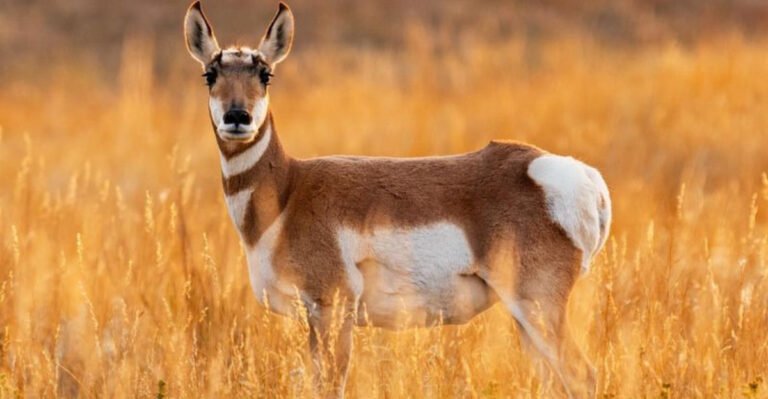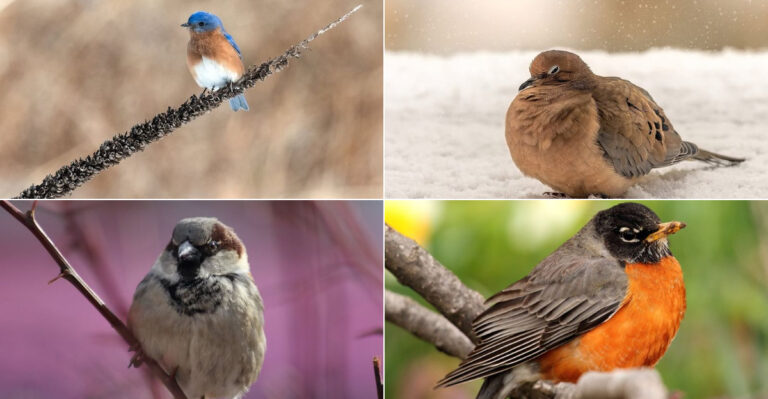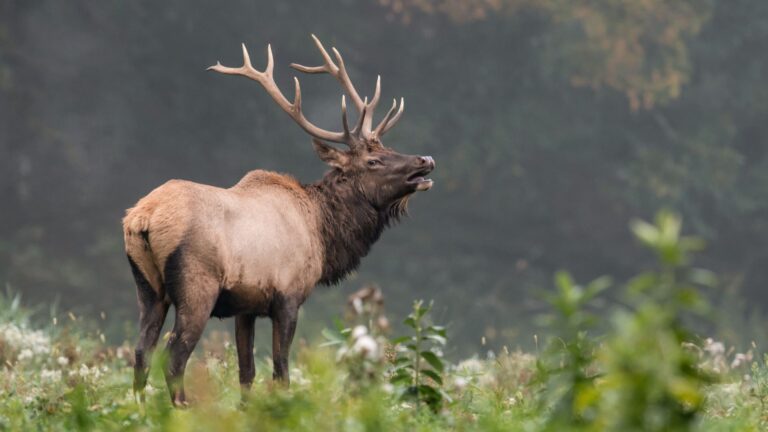10 Exotic Pets You Can Legally Own In The U.S.
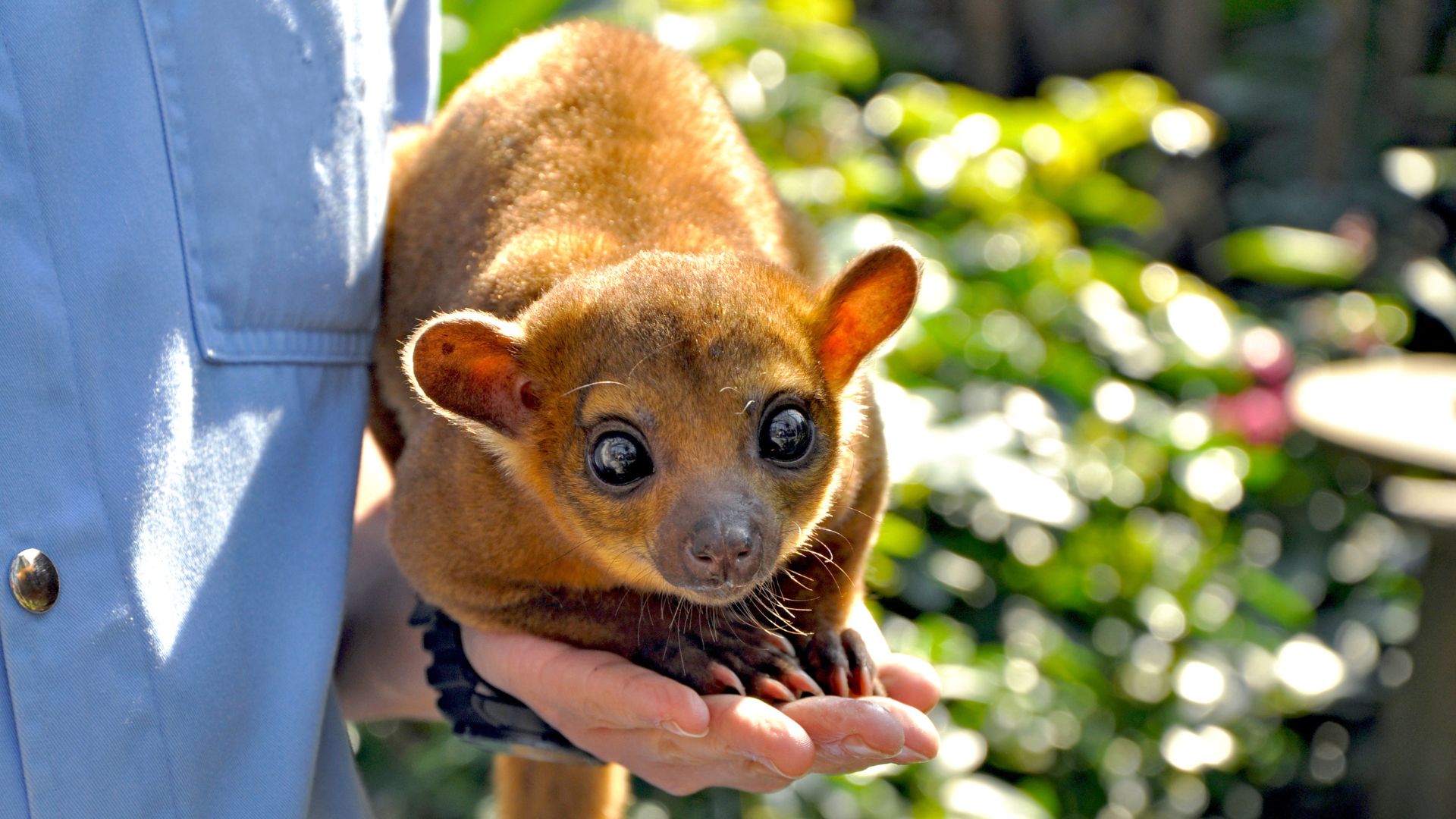
Ever considered owning a pet that’s a bit out of the ordinary? While many people opt for cats and dogs, there’s a world of exotic animals that can be kept as pets in the U.S.
From the scaly to the furry, these unique companions can add a dash of excitement to your life. Always remember, though, to check local laws and ensure you can provide the right environment and care for these extraordinary creatures.
1. Fennec Fox
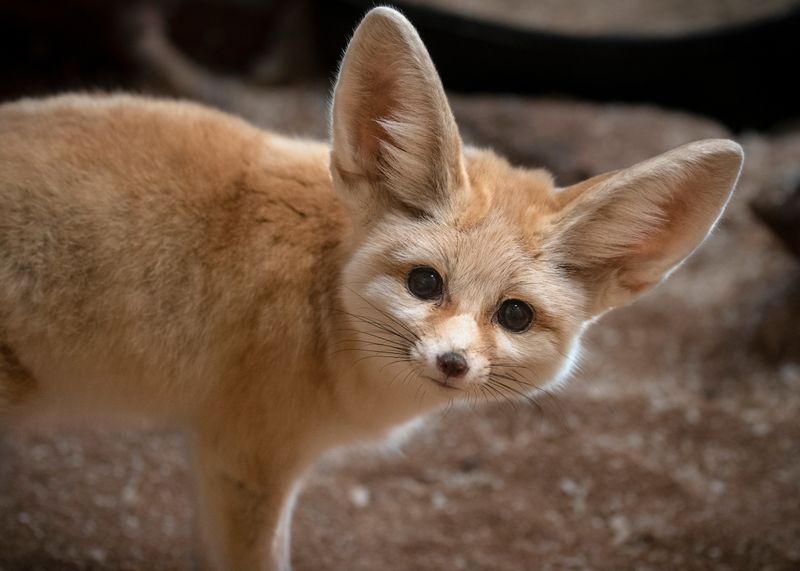
The Fennec Fox, with its enormous ears and playful nature, is a captivating pet. Native to the Sahara Desert, these small foxes are about the size of a domestic cat but offer a much more exotic experience.
Their large ears are not just for show; they’re designed to dissipate heat and enhance their excellent hearing.
Living with a Fennec Fox is much like having a hyperactive dog. They’re full of energy and require plenty of playtime. A secure, escape-proof environment is a must, as they’re natural diggers and climbers.
Fennec Foxes are also nocturnal, which means they’ll be most active during the evening.
If considering a Fennec Fox, be prepared for a long-term commitment. They bond closely with their owners and thrive on interaction.
These foxes are legal in several states but always double-check local regulations. Their diet consists mainly of insects and small rodents, so a balanced diet is crucial.
Owning a Fennec Fox can be incredibly rewarding for those willing to meet their unique needs.
2. Hedgehog
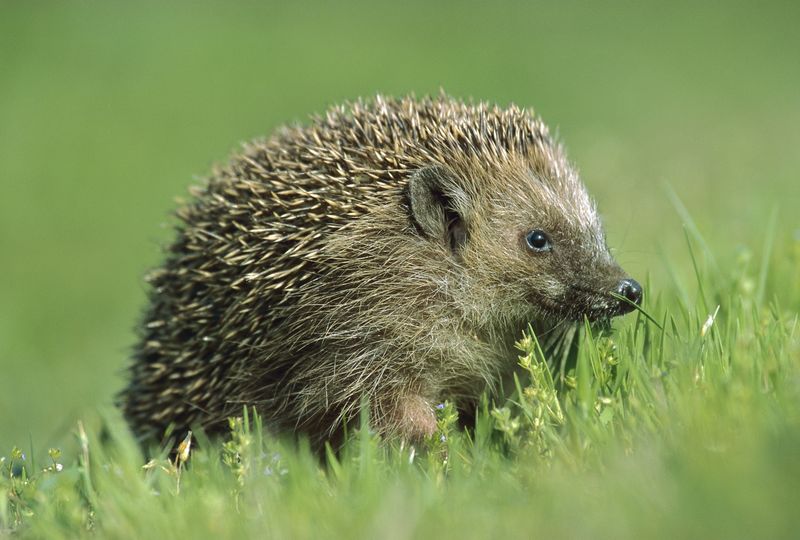
Cuddly isn’t a word you’d likely use to describe a hedgehog, but these tiny creatures can indeed make charming pets.
Their distinctive spines make them stand out, and their nocturnal nature means they’re most active during the evening.
Hedgehogs require a habitat that’s spacious enough to allow them to roam and explore. Think of a cage that mimics the underbrush they would find in the wild.
Handling hedgehogs requires patience. They may curl into a spiky ball when scared, but with gentle interaction, they can become quite friendly.
Feeding a hedgehog is relatively straightforward. They adore insects but also need a diet rich in protein and fiber. Commercially prepared hedgehog food can make feeding easier.
Legal in most places, checking local laws is wise before bringing a hedgehog home. With proper care, hedgehogs can live up to five years, making them a short but sweet commitment for pet enthusiasts.
3. Sugar Glider
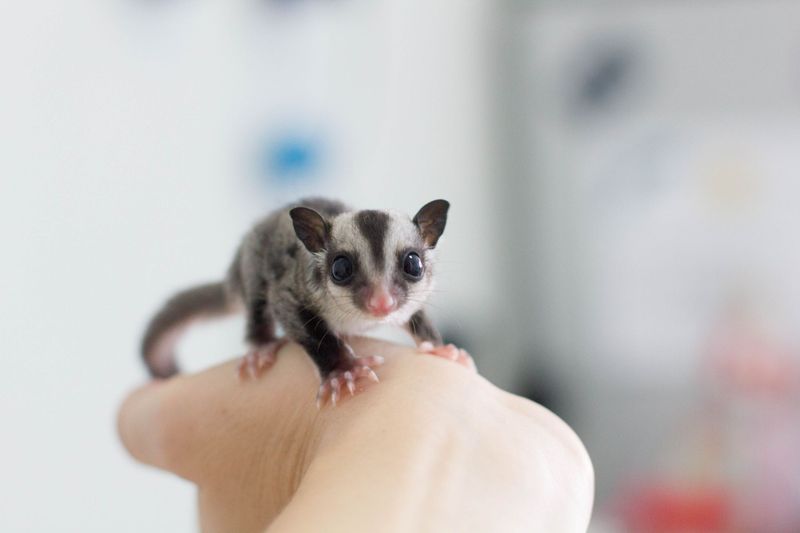
Sugar Gliders are like having a tiny flying squirrel. These marsupials have a flap of skin between their legs that allows them to glide from tree to tree. Originating from Australia, they thrive in environments that mimic their natural habitat.
Social and active, Sugar Gliders do best in pairs or small groups. They require a large, secure cage to explore and need plenty of interaction to stay happy. Handling them regularly helps strengthen the bond between pet and owner.
Feeding Sugar Gliders involves offering a variety of fresh fruits, vegetables, and specially formulated pellets. Their diet should be carefully managed to ensure proper nutrition.
While they are legal in many states, some areas have restrictions, so checking local laws is essential. With the right care, these fascinating creatures can be a joyful addition to your home.
4. Capybara
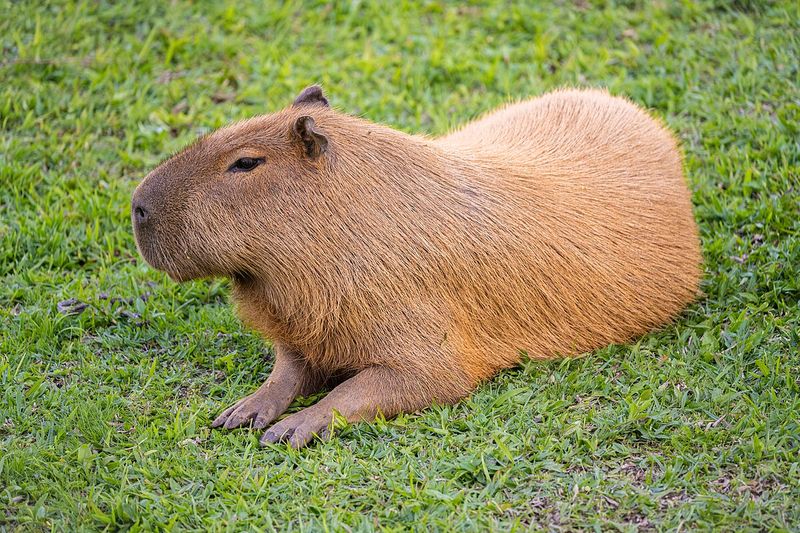
The Capybara is the world’s largest rodent and resembles an enormous guinea pig. Friendly and social, these gentle giants are often seen lounging near water. They thrive in groups, so consider adopting more than one if you have the space.
Owning a Capybara requires a significant commitment. They need a large outdoor space with access to water for swimming and cooling off.
These creatures are herbivores, enjoying a diet of grasses and aquatic plants. They’re most comfortable in a warm climate.
Legal in some states, it’s crucial to check the local laws before bringing a Capybara home. Their social nature means they do best with plenty of interaction, both with humans and fellow Capybaras.
If you can provide the right environment, a Capybara can be a delightful and unusual pet that offers companionship and joy.
5. Kinkajou
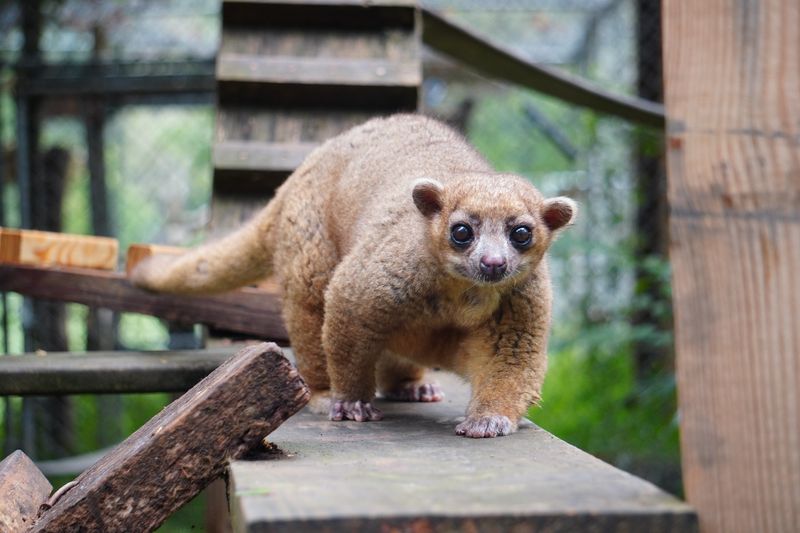
Kinkajous are small rainforest mammals known for their playful and curious nature. Sometimes called “honey bears,” these creatures have a sweet tooth and love fruits and honey.
Their nocturnal lifestyle means they’ll be most active at night. These animals need a large cage filled with branches and toys for climbing and entertainment.
Kinkajous have a prehensile tail, which they use like a fifth limb to navigate their environment. Interaction is crucial to keep them happy and healthy.
Feeding a Kinkajou involves a diet rich in fruits, and sometimes small mammals, which mimic their natural diet. They are legal in several states, but potential owners should verify local regulations.
Owning a Kinkajou can be immensely rewarding as long as you’re prepared for their energetic and sometimes mischievous behavior.
6. Axolotl
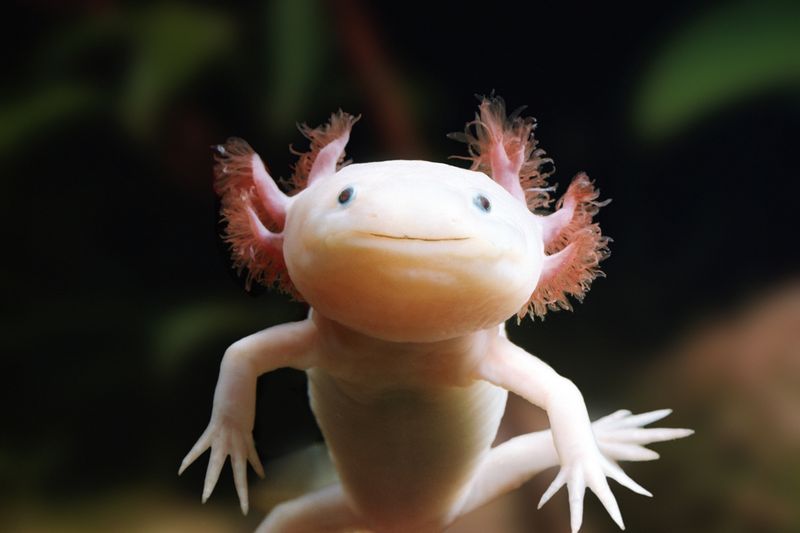
The Axolotl, often referred to as the “Mexican walking fish,” is an extraordinary amphibian that’s popular in the pet trade.
Unlike most amphibians, Axolotls remain aquatic their entire lives, making them perfect for aquarium enthusiasts.
These creatures are known for their regenerative abilities, capable of regrowing limbs and even parts of their brain.
They require a tank equipped with clean, cool water and plenty of hiding spots. A robust filter system is essential to maintain their environment.
Feeding an Axolotl is straightforward. They enjoy a diet of worms, small fish, and specially prepared pellets. Legal in most states, they are easy to care for but do require specific water parameters.
Owning an Axolotl can provide a mesmerizing and educational experience for those interested in aquatic life.
7. Wallaby
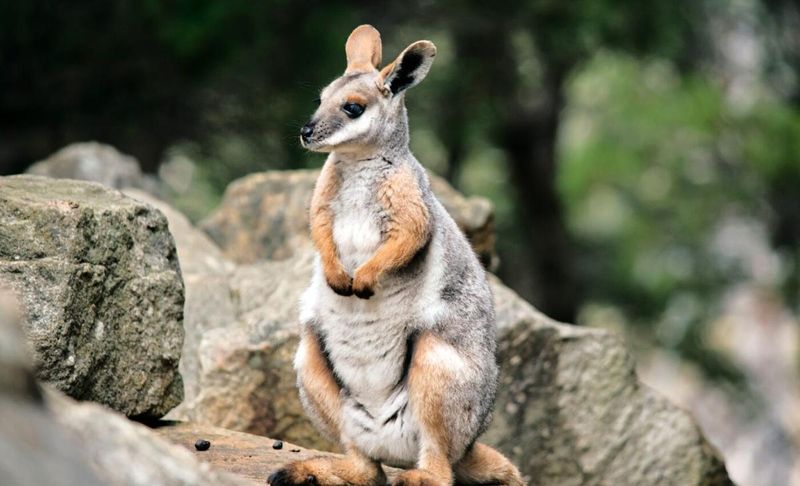
Wallabies, native to Australia, are small relatives of kangaroos and make for charming pets with their gentle demeanor.
They are known for their agility and can be seen hopping around with ease, which requires them to have plenty of space to roam. Creating the right habitat for a Wallaby involves a large, secure outdoor enclosure and access to shelter.
They thrive on a diet of grasses, vegetables, and commercial Wallaby pellets. Social creatures by nature, they enjoy interaction with their humans and other Wallabies.
Wallabies are legal in some states, so it’s important to check local laws. Their friendly nature and unique movements make them fascinating pets, but they do require commitment and care to ensure they lead a happy and healthy life.
8. Serval
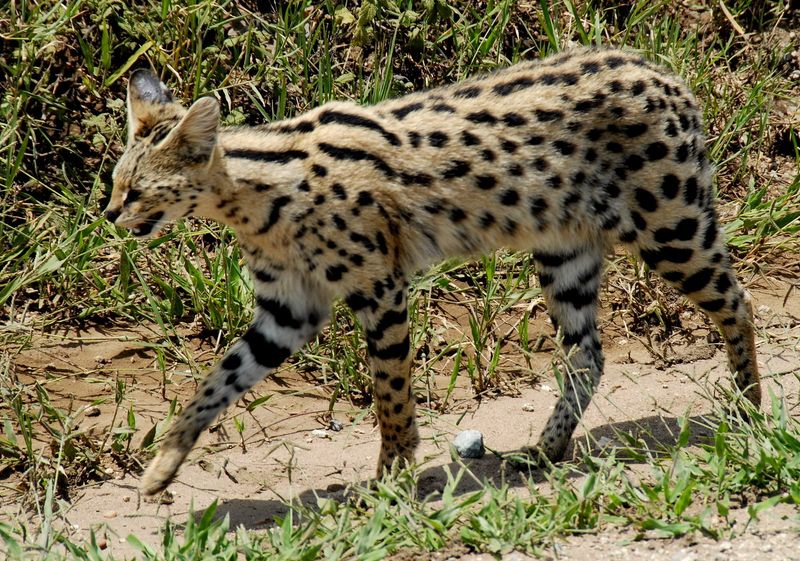
The Serval is an exotic cat native to Africa, resembling a mini cheetah with its spotted coat and long legs. These felines are known for their striking appearance and agile hunting skills.
Owning a Serval is not for everyone. They require a large outdoor enclosure to roam and exercise, along with mental enrichment activities.
Servals can be affectionate but maintain their wild instincts, so handling them requires experience and caution.
Their diet consists mainly of raw meat and bones, tailored to their carnivorous needs. Legal in some states, potential owners must research local restrictions and be prepared for a lifetime commitment.
With the right care, a Serval can become a unique and exhilarating pet for those who appreciate its wild beauty.
9. Madagascar Hissing Cockroach
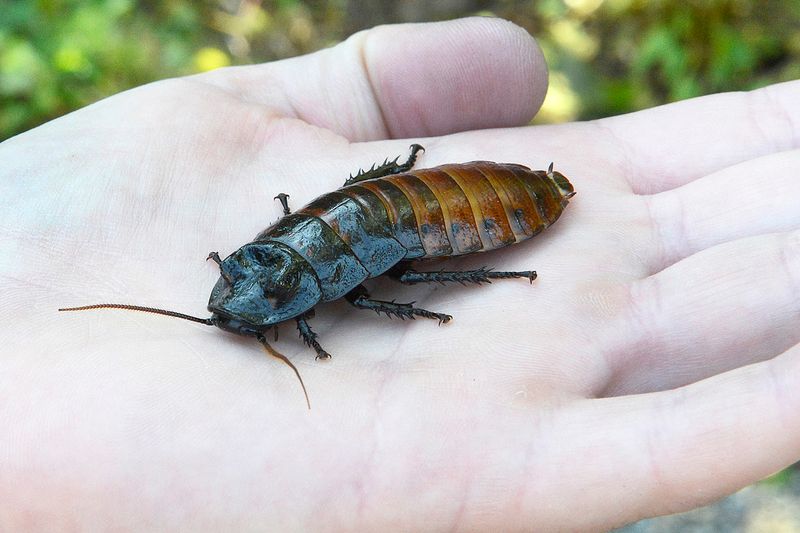
For those looking for a pet that’s truly out of the ordinary, the Madagascar Hissing Cockroach is an intriguing choice. Known for the hissing sound they produce, these large insects are surprisingly easy to care for.
Hissing cockroaches require a terrarium with good ventilation, filled with substrate like coconut fiber or bark.
They thrive in warm and humid conditions, mimicking their natural habitat. Handling them is simple, as they are docile and slow-moving.
Feeding involves providing fresh fruits and vegetables, making them low-maintenance pets. Legal in most areas, they are often used in educational settings to teach about insects and ecology.
Though unconventional, these cockroaches can offer a fascinating glimpse into the world of entomology, making them a captivating pet for the curious mind.
10. Miniature Donkey
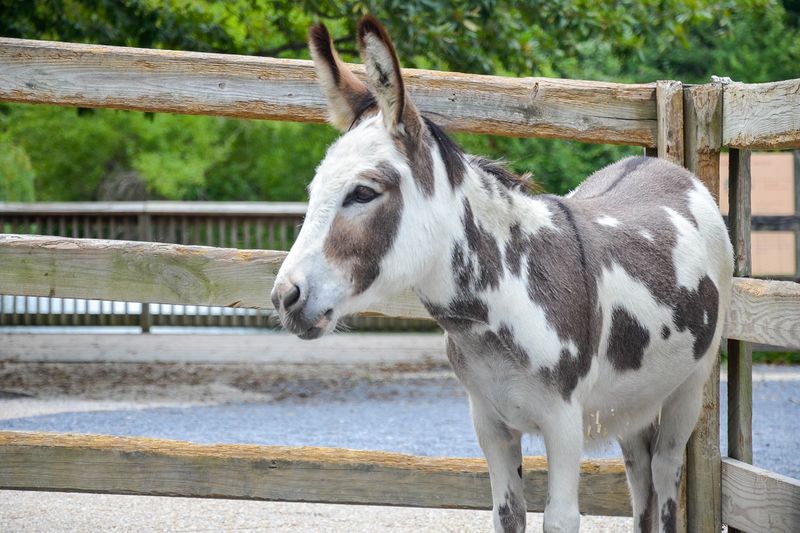
Miniature Donkeys are charming, affectionate animals that bring a touch of the countryside to your home. Standing at about 3 feet tall, they are known for their gentle nature and social demeanor.
These donkeys require a pasture with plenty of space to roam, along with shelter to protect them from the elements. They thrive in the company of other donkeys or similar animals, so consider adopting more than one.
A diet of hay, grass, and grains keeps them healthy and happy. Miniature Donkeys are legal in most states, but it’s wise to verify local rules.
With the right care and companionship, a Miniature Donkey can be a delightful addition to your family, offering years of affection and joy.

